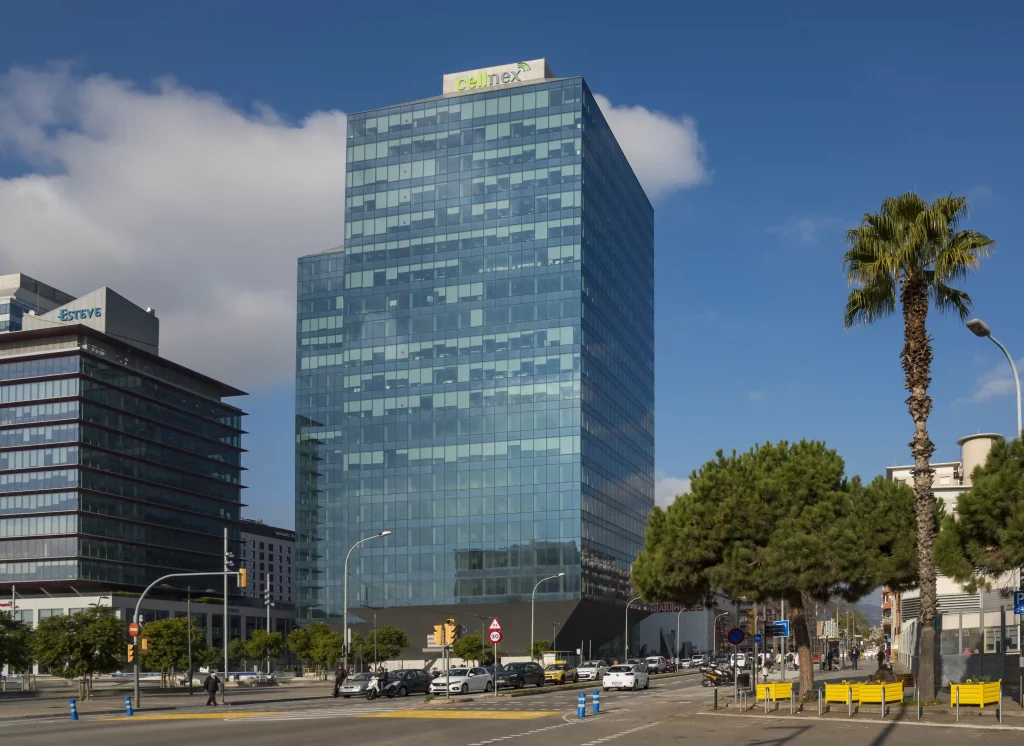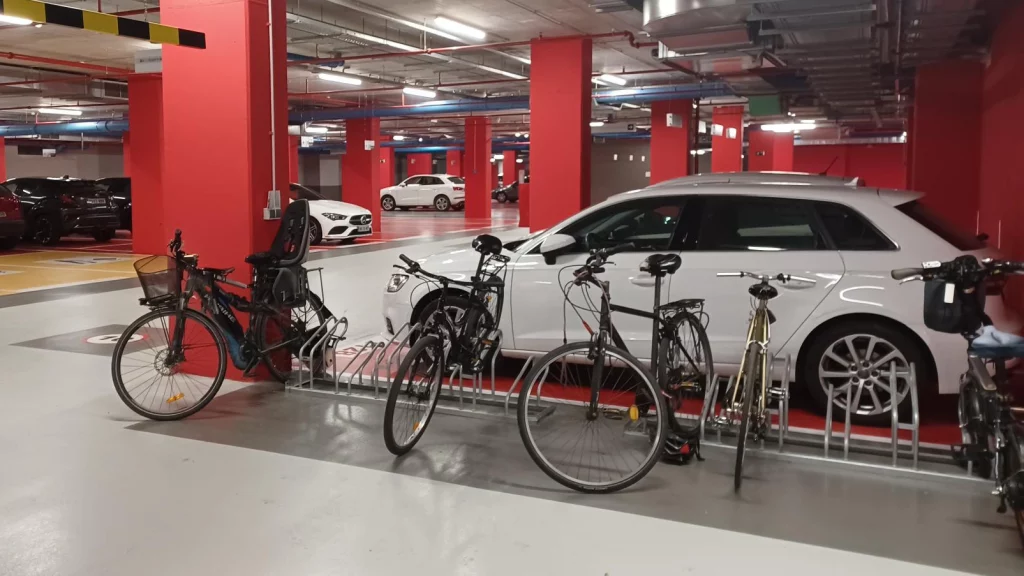Trends
Trends
FEB
14
2024
Environment
Mobility and sustainability go hand in hand
Mobility is a key activity in modern societies. According to the Transport and Logistics in Spain Observatory (OTLE), the number of journeys made by passengers and goods amounts to almost 400,000 million trip-km in any mode of transport: road, rail, air or sea. And although the figures are not yet in line with those before the pandemic, the mobility registered, especially near large cities, is a clear sign of economic recovery. However, this mobility can generate significant environmental, societal and energy sustainability problems if it is not planned in an overarching way.
Cellnex, whose business purpose lies at the very heart of sustainability through defending the shared use of infrastructures, has got ahead of regulation by designing and implementing Mobility Plans at its work centres to generate a more healthy and sustainable work environment.
The recent award of the Company Travel Plans seal (PDE according to their Spanish initials) by the Metropolitan Transportation Authority at its headquarters in Barcelona (Torre Llevant) is a clear testimony to the company’s proactive efforts to transform mobility and ultimately improve the quality of life of its employees.
Cellnex’s PDE is a strategic commitment to optimise the mobility of its workers and visitors. “By promoting the use of alternative modes of transport instead of private vehicles, rationalising car use and efficiently managing the mobility of goods, Cellnex is showing an overarching approach to addressing environmental and mobility challenges in the business environment”, in the words of Xavier Gil, Global Health & Safety Expert at Cellnex.
One of the most notable aspects of the PDE is its focus on sustainable and safe mobility. This plan goes further than reducing the number of trips made by car, advocating the promotion of cycling and public transport. Furthermore, the installation of charging points for electric vehicles and the use of fleets of electric vehicles all help to reinforce the company’s commitment to environmentally friendly mobility solutions.
“With the dense traffic that currently exists in cities, and the consequent pollution, I consider being able to travel to my workplace by bicycle as a luxury, while it is also a personal declaration of intentions” said Cellnex employee Marissa Serrahima at Torre Llevant. She added “teleworking has also allowed us a better work-life balance as well as environmental savings thanks to travelling less.”
“In my case”, says Oriol Roig, a Cellnex employee working at the Barcelona headquarters, “one of the keys, but not the only one, to be able to come into the office by bike is to have good infrastructures, both public —bike lanes, traffic-free roads— and private —a safe and easily accessible place to leave my bike, both at home and at the office.”
Employee awareness and training are cornerstones of the strategy of a plan that includes specific programmes to train employees around the importance of sustainable and safe mobility. Furthermore, collaboration with companies in the surrounding area to jointly promote measures highlights the need for a collective inter-business and inter-institutional effort to achieve significant changes in business mobility.
The project started with the Travel Plan for its headquarters in Barcelona but is being rolled out as a good practice to the remaining countries where the company is present. This overarching and proactive approach has given the programme greater scope and reaffirms Cellnex’s role as a benchmark in sustainability to guarantee a more sustainable and healthy future for all.
In 2023 the Company approved the roadmap to achieve Net-Zero by 2050; and as intermediate milestones, it set 2025 as the date by which all of its electrical supply would come from renewable sources; Furthermore, it is committed to a 70% reduction in scopes 1, 2 and 3.3 of the carbon footprint by 2030, to become carbon neutral in 2035.


















